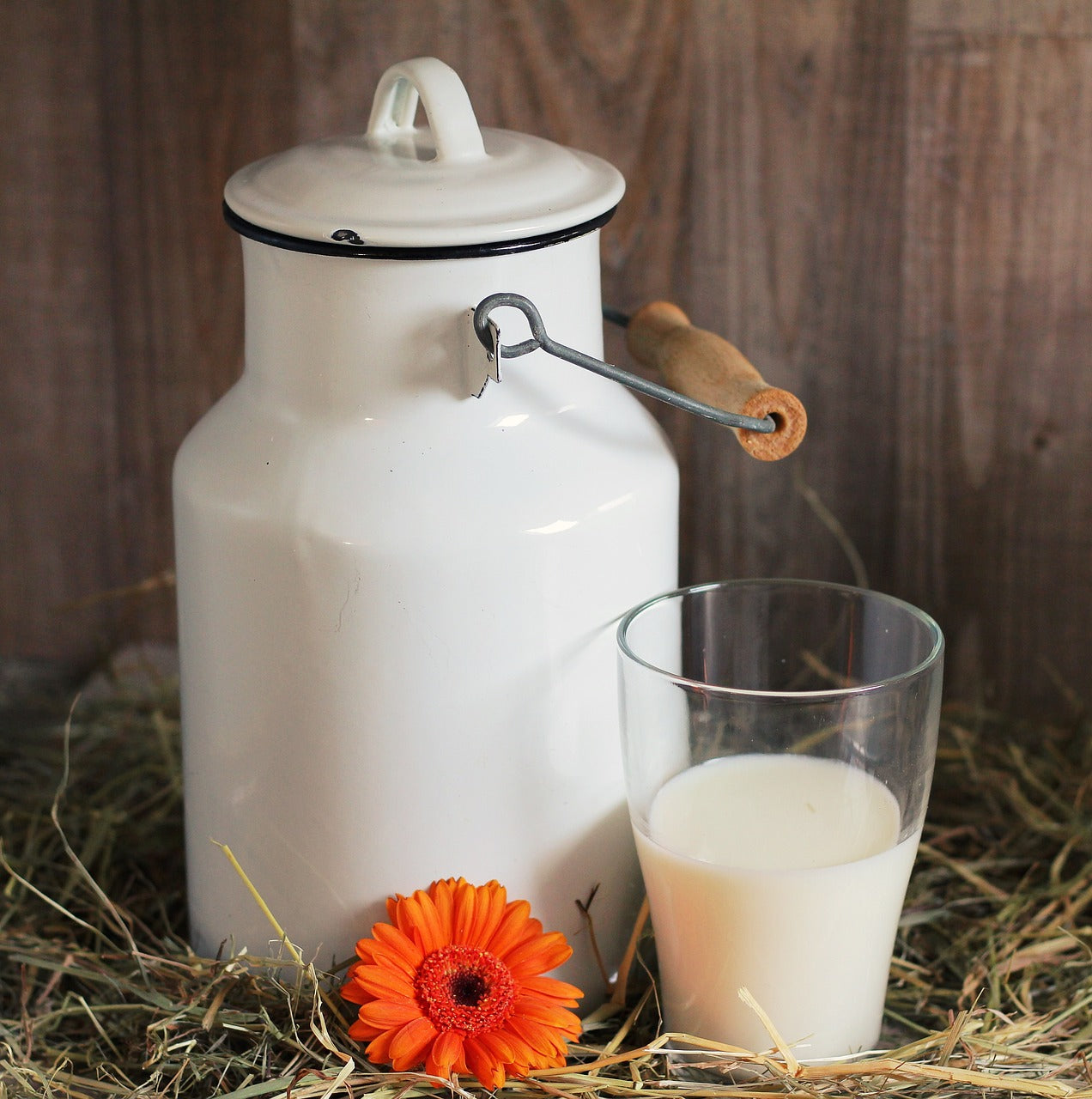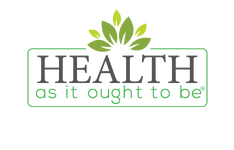
The War on Raw Milk
Over the years opinions on dairy have changed in the medical community.
For a long time, dairy was touted as an amazing food staple, then, the sentiment towards dairy (things like butter and whole milk) turned sour as health authorities decried the danger of fat.
Now dairy is seen as being just OK, as a movement to replace dairy with plant-based alternatives is growing in size.
I wrote about why this is happening in my article “The War on Meat”.
In summary, that article is about how some people fight to eliminate the meat industry (or the animal-based food industry) owing to its impact on climate change. Others, such as ranchers and farmers, fight to maintain their livelihoods.
Yes, some forms of meat production have a negative impact on the environment, but the article shows there are alternative forms of farming that have zero negative impact on the climate.
The real problem is modern industrial farming practices, rather than animal-based agriculture itself.
And that holds true with dairy too, especially raw milk.
Raw Milk Is Not as Dangerous As We’ve Been Led to Believe
I know that you’ve heard that the general consensus on raw milk is that it’s dangerous.
It’s been drilled into our heads that it's a breeding ground for bacteria and should be avoided at all costs.
But is that the case?
Not necessarily…
Now I want to make it clear this article is not an endorsement of raw milk, I’m not recommending you drink it, and I’m not making a recommendation of it over other forms of milk.
What I do want to make clear is the conceptions on raw milk are likely misguided and that it isn't as dangerous as people have been led to believe, and the reasons for the widely held belief that it’s going to kill you if you drink it is both unfounded and the result of an agenda meant to drive people towards controlled sources of dairy.
I know. “Conspiracies”.
Raw milk is not the same as pasteurized milk.
Even the organic, grass-fed milk you see in your local health food store is different than raw milk.
The reason why is that all milk sold in stores is pasteurized.
Some basic science here: Pasteurization is the process of heating milk to a high temperature to kill off harmful bacteria.
In theory, pasteurization makes milk safer to drink, but it does so at the expense of the beneficial nutrients that raw milk contains.
I say in theory because it’s more than likely that all pasteurization did when it was invented was remove harmful bacteria introduced to milk during the milking process, or that was introduced thanks to dirty equipment.
It wasn’t the milk itself that was harmful.
I can hear you asking. "But if raw milk isn't pasteurized, doesn't that mean it's full of harmful bacteria?"
The answer is yes, raw milk can contain harmful bacteria. However, the key word here is "can."
Not all raw milk is created equal.
Like everything, the safety of raw milk depends on a number of factors, including how the cows are raised, how the milk is handled and stored, and how quickly it's consumed.
For example, cows that are raised on small, organic farms and fed a natural diet are less likely to harbor harmful bacteria than cows raised in factory farms. Likewise, milk that's handled and stored properly is less likely to become contaminated.
And if you drink raw milk soon after it's been produced (within a day or two), the risk of contamination is much lower.
In fact, studies have shown that the risk of getting sick from raw milk is relatively low. According to the Centers for Disease Control and Prevention (CDC), between 1998 and 2011, there were only about 2.4 cases of illness per year per million people associated with raw milk. Compare that to other foods that we consider "safe," like chicken or lettuce, which have much higher rates of contamination.
And as Dr. Chris Kresser notes:
“Foodborne illness is a concern for many types of food. According to the most recent review of foodborne disease outbreaks in the U.S. in 2008 by the Center for Science in the Public Interest (CSPI), seafood, produce and poultry were associated with the most outbreaks. Produce is responsible for the greatest number of illnesses each year (2,062), with nearly twice as many illnesses as poultry (1,112). Dairy products are at the bottom of the list. They cause the fewest outbreaks and illnesses of all the major food categories – beef, eggs, poultry, produce and seafood.
According to the CDC, during the period from 1990 − 2006, there were 24,000 foodborne illnesses reported each year on average. Of those, 315 per year are from dairy products. This means dairy products account for about 1.3% of foodborne illnesses each year. That’s not exactly an alarming number, considering that more than 75% of the population consumes dairy products regularly.”
Of course, this isn't to say that raw milk is completely risk-free. There is always a chance that you could get sick from drinking raw milk, just like there's a chance you could get sick from eating any food.
If you like medium-rare burgers, you invite the possibility of getting sick.
Sushi, same thing.
But as long as you take the proper precautions (like choosing high-quality milk and storing it correctly), the benefits of raw milk may outweigh the risks.
Now, let’s talk about those benefits!
What are the Benefits Of Raw Milk
I like to think of food in the context of what people have safely enjoyed for years and years as well as things that even the bible endorses.
Whenever I wrote about the dangers of dairy in the past, in the back of my mind I wondered about how it could be dangerous if it was talked about in the bible and in positive terms.
And again, you don’t have to believe in the Bible to understand that for thousands of years, we’ve enjoyed the benefits of raw milk.
Now that I’ve realized how we got to a place where raw milk is a scapegoat for a war on animal-based products I can see why there’d be misconceptions and outright lies made about it.
So, I should at least talk about what makes it healthier than its store-bought counterpart.
- Raw milk is more nutritious than pasteurized milk. Pasteurization can destroy some of the nutrients found in milk, such as vitamins and probiotics. Raw milk, on the other hand, contains a higher amount of vitamins, healthy fats, and more that are essential for your health.
- Raw milk may reduce the risk of allergies and asthma. Studies have shown that children who consume raw milk are less likely to develop allergies and asthma compared to children who consume pasteurized milk. The beneficial bacteria found in raw milk may help strengthen the immune system and reduce the risk of these conditions.
- Raw milk has a richer taste. Many people prefer the taste of raw milk over pasteurized milk because of its creamier texture and richer flavor. Raw milk also has a unique taste that varies depending on the type of animal and the diet they consume.
The list could go on a bit longer, but I think you get the point.
We think our modern food system is the only way to do things, but it isn’t.
And as you can start to see people with money and power are making health decisions for you (i.e. dairy industry lobbyists who have a vested interest in promoting pasteurized milk over raw milk).
There’s absolutely a war on raw milk.
And I think it’s an unfair war.
This is why I at least want to introduce the argument that it being dangerous isn’t so black and white.
While there is a risk of contamination, the benefits of raw milk (like increased nutrient content) may make it worth the risk for some people. We will see over time if the potential benefits of raw milk result in it making a comeback.



